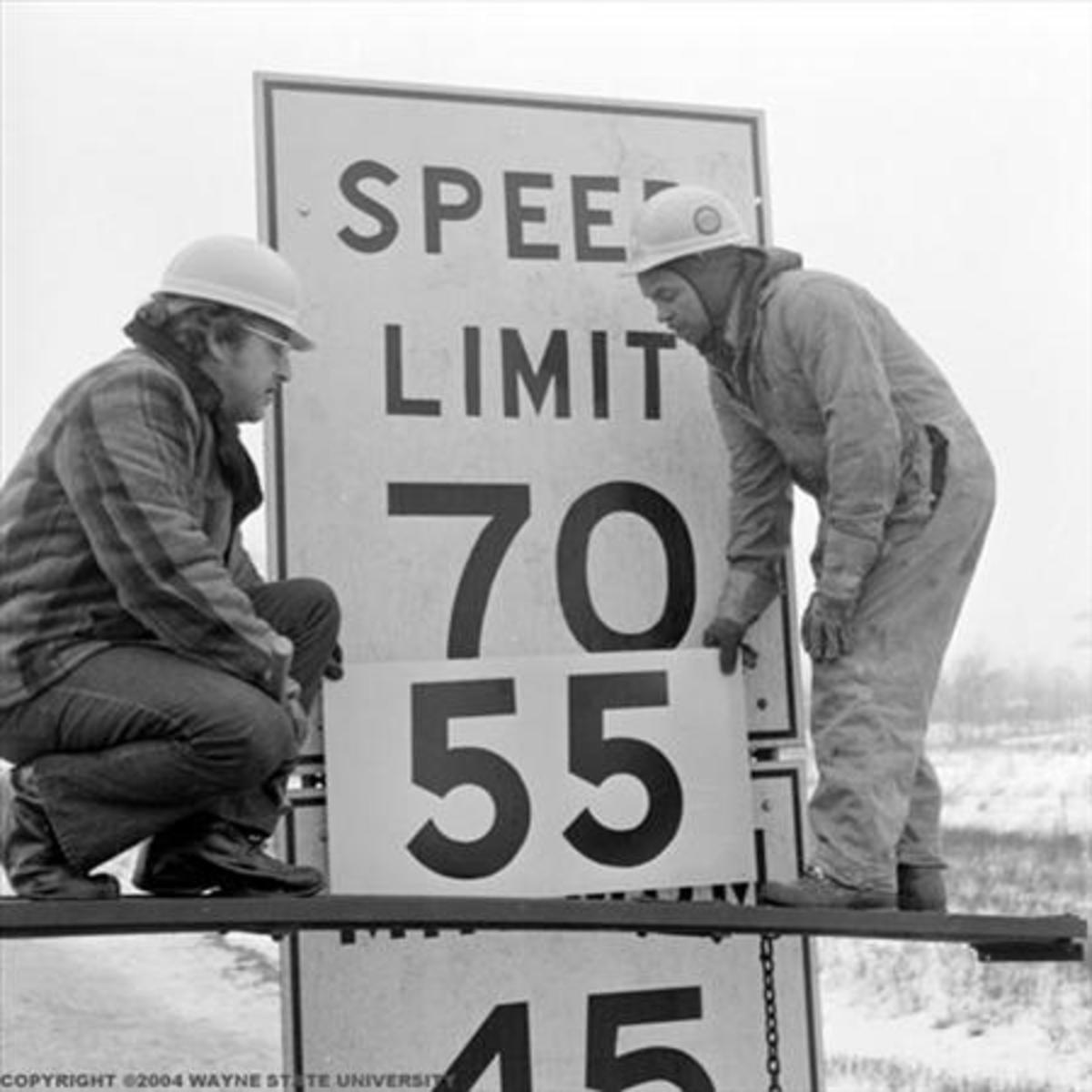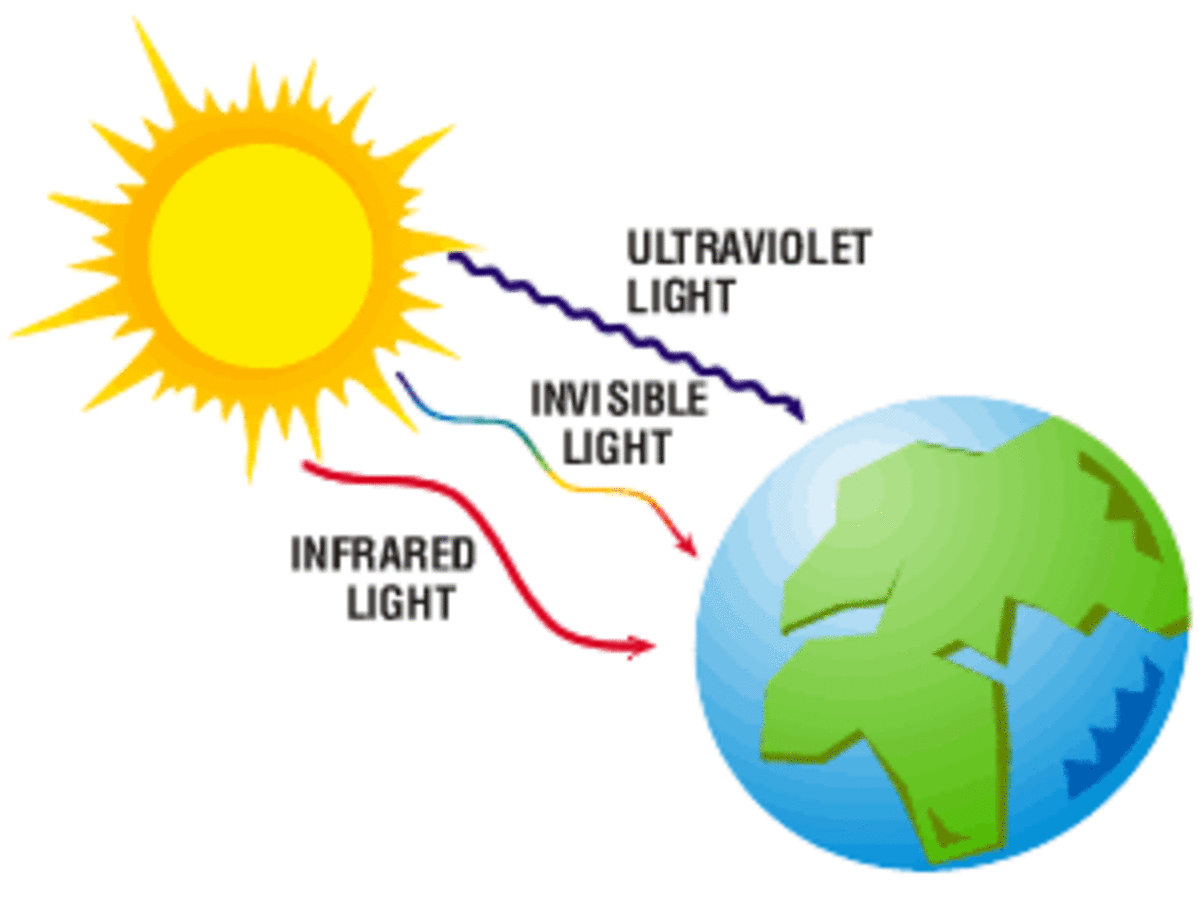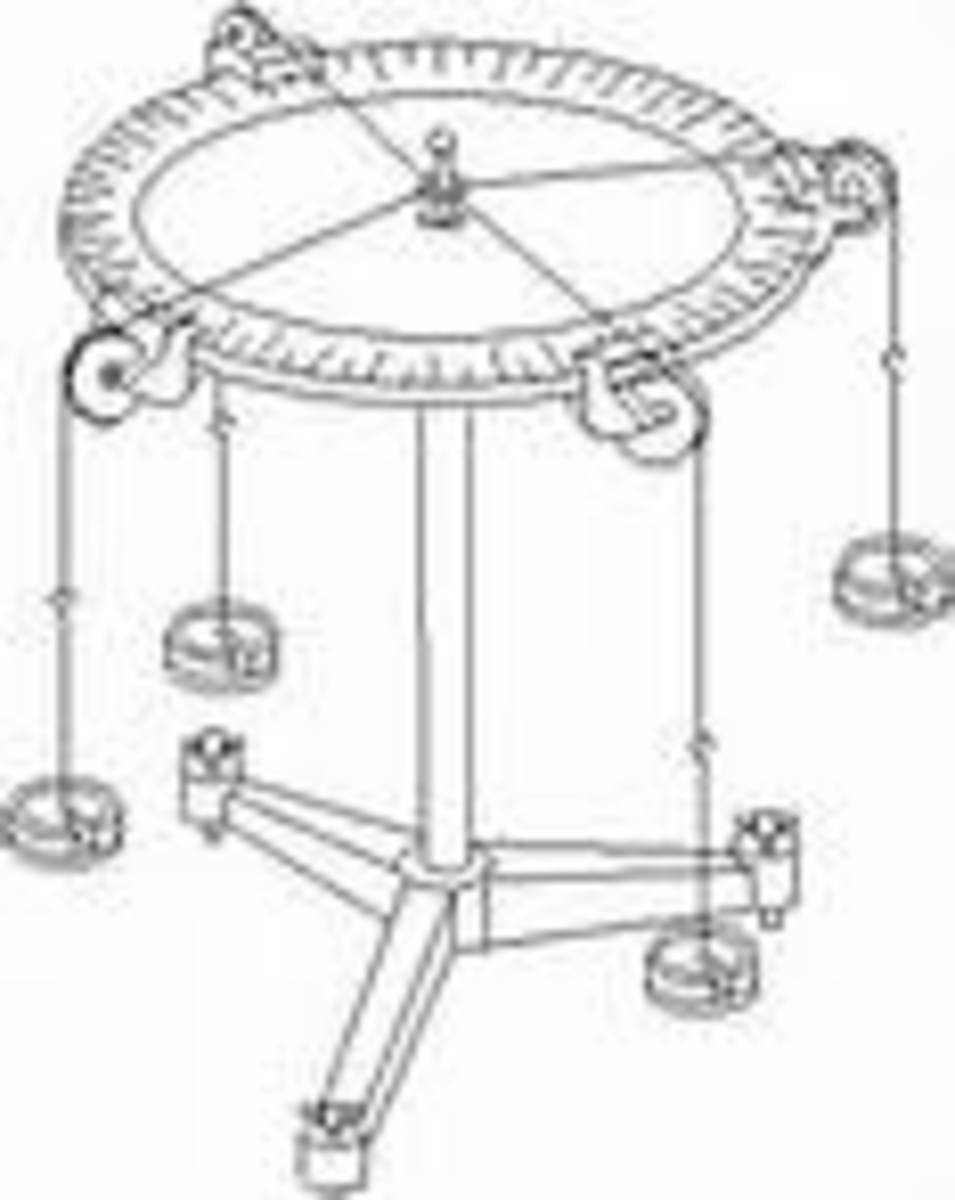Measuring Speed
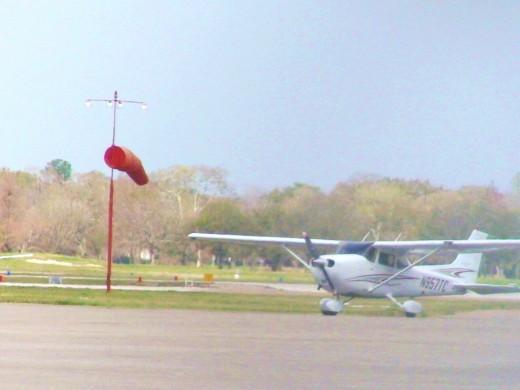
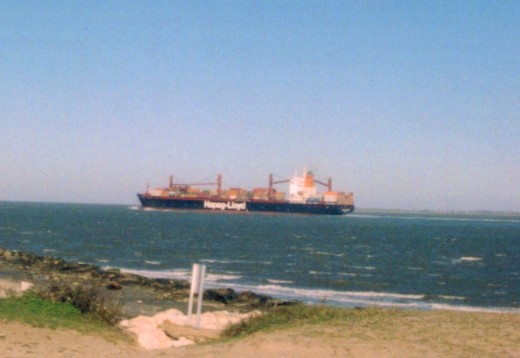
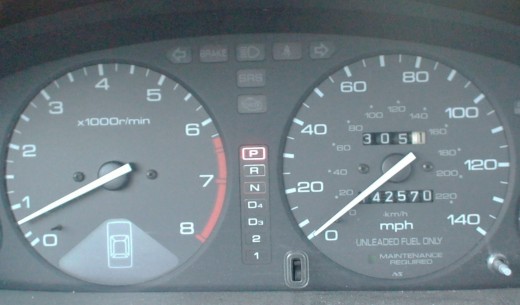
Land, Sea and Air Measurements
By Joan Whetzel
To measure speed means to measure the amount of time it takes for a person or object to move a specific distance, or to measure the distance travelled over a specific time period. Speed measurements do not take direction of movement into consideration. Travel by land is measured in kilometers per hour (kph) in most countries and statute miles per hour (mph) in the US. Wind speed as well as the speed for travel by air are measured in aeronautical miles per hour and knots. Nautical miles and knots measure speed of travel by sea.
Speed & Newton's Laws of Motion
Newton's Laws of Motion illustrate how outside forces affect speed. For instance, Newton's First Law (the law of inertia) states that an object in motion will continue at its current speed unless some outside force slows it down (wind friction, applying the brakes, skidding on ice). The Second Law of Motion maintains that weight of the object to be moved determines the amount of force it would take to set into motion. If you wanted to move a 3,000 pound car and a wagon at the same speed, it would take considerably more force to get the car moving than it would to move the wagon. The Third Law of Motion says that for every action, there is an equal and opposite reaction. Let's say a ball, hurled at miles an hour, hits a vase. The vase will continue on the balls path of motion at about 10 mph, while the ball rebounds in the reverse direction at about 10 mph.
Speed Measurement Math
The following equation determines the speed of an object in motion: Speed = Distance / Time (speed equals the distance divided by the time). For instance, if a car travelled 60 miles (distance) and it took one hour to drive that far (time) then the equation would look like this: Speed = 60 miles / 1 hour. The car's speed is 60 miles per hour 9mph). This equation does not take into account such factors as acceleration, force, or momentum.
Statute, Nautical & Aeronautical Miles and Kilometers
Aeronautical miles per hour, nautical miles per hour and knots are used interchangeably since they are equivalent measures (1 aeronautical mile = 1 nautical mile = 1 knot). Airplanes have a "speedometer" of sorts that give a knots readout for pilots. Nowadays, most boats and ships have GPS to track their speed. Speedometers measure land travelling speed in cars and trucks. Speeds are listed either in statute miles per hour (mph) or kilometers per hour (kph). In the US, most car speedometers display both speed measurements, with the mph on the outer ring and kph on the inner ring.
A statute mile (5,280 feet) is slightly shorter than aeronautical/ nautical miles (6,076 feet) which are based on the Earth's circumference. Knots were originally determined at sea with a log line (a long rope with knots tied at pre-determined distances, and a heavy log tied to the end). The log was tossed off the back of the ship and allowed to run freely for thirty seconds - as measured by a 30-second sandglass. At the end of the 30 seconds, the rope was hauled back in and the knots were counted. The number of knots per 30-seconds could then be calculated to a knots-per-hour travelling speed.
KPH / MPH / Knots Conversions
To measure speed means to measure the amount of time it takes for a person or object to move a specific distance, or to measure the distance travelled over a specific time period. Speed measurements do not take direction of movement into consideration. Travel by land is measured in kilometers per hour (kph) in most countries and statute miles per hour (mph) in the US. Wind speed as well as the speed for travel by air are measured in aeronautical miles per hour and knots. Nautical miles and knots measure speed of travel by sea.
Speed & Newton's Laws of Motion
Newton's Laws of Motion illustrate how outside forces affect speed. For instance, Newton's First Law (the law of inertia) states that an object in motion will continue at its current speed unless some outside force slows it down (wind friction, applying the brakes, skidding on ice). The Second Law of Motion maintains that weight of the object to be moved determines the amount of force it would take to set into motion. If you wanted to move a 3,000 pound car and a wagon at the same speed, it would take considerably more force to get the car moving than it would to move the wagon. The Third Law of Motion says that for every action, there is an equal and opposite reaction. Let's say a ball, hurled at miles an hour, hits a vase. The vase will continue on the balls path of motion at about 10 mph, while the ball rebounds in the reverse direction at about 10 mph.
Speed Measurement Math
The following equation determines the speed of an object in motion: Speed = Distance / Time (speed equals the distance divided by the time). For instance, if a car travelled 60 miles (distance) and it took one hour to drive that far (time) then the equation would look like this: Speed = 60 miles / 1 hour. The car's speed is 60 miles per hour 9mph). This equation does not take into account such factors as acceleration, force, or momentum.
Statute, Nautical & Aeronautical Miles and Kilometers
Aeronautical miles per hour, nautical miles per hour and knots are used interchangeably since they are equivalent measures (1 aeronautical mile = 1 nautical mile = 1 knot). Airplanes have a "speedometer" of sorts that give a knots readout for pilots. Nowadays, most boats and ships have GPS to track their speed. Speedometers measure land travelling speed in cars and trucks. Speeds are listed either in statute miles per hour (mph) or kilometers per hour (kph). In the US, most car speedometers display both speed measurements, with the mph on the outer ring and kph on the inner ring.
A statute mile (5,280 feet) is slightly shorter than aeronautical/ nautical miles (6,076 feet) which are based on the Earth's circumference. Knots were originally determined at sea with a log line (a long rope with knots tied at pre-determined distances, and a heavy log tied to the end). The log was tossed off the back of the ship and allowed to run freely for thirty seconds - as measured by a 30-second sandglass. At the end of the 30 seconds, the rope was hauled back in and the knots were counted. The number of knots per 30-seconds could then be calculated to a knots-per-hour travelling speed.

KPH / MPH / Knots Conversions
Use the above chart to determine speeds. If you were driving 60 mph on land, how many knots or kph would you be driving?
Example #1: 60 mph x 0.86897699264 = 5.2138614 knots
You would be travelling at 5.2138614 knots.
Example #2: 60 mph x 4.61 kph = 276.6 kph
You would be travelling at 276.6 kph.
Now try converting from kph. Let's say your speed is 100 kph, what does that convert to?
Example #3: 100 kph x 0.621371 mph = 62.171 mph
Example #4: 100 kph x 0.539956803 knots = 53.9956 knots
Now let's convert from knots. Your travelling speed is 60 knots.
Example #5: 60 knots x 1.151 mph = 69.06 mph
Example #6: 60 knots x 1.852 kph = 111.012 kph
Speed measurements change depending on where you're travelling (inside or outside the US) and your mode of transportation (air, land or sea). Converting your speed to another is easy once you know the conversion rates. A little simple arithmetic - and a calculator - is all it takes to figure out your speed any place you are travelling.



